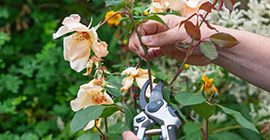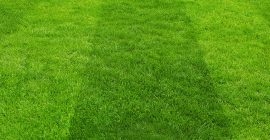Summer perennials are the backbone of a beautiful, vibrant garden through the warmer months. To keep them healthy, lush, and flowering abundantly all summer long, it’s important to provide consistent care, from watering and deadheading to feeding. Here’s how to look after your summer perennials for the best results.
What are Perennials?
Perennials are plants that live for more than two years, coming back year after year. Unlike annuals that grow, flower, and die within a single season, perennials develop strong root systems that allow them to survive winter and regrow every spring. Many summer perennials produce vibrant flowers throughout the warmer months, making them a staple in gardens for long-lasting colour and structure.
Summer Perennials include:
- Echinacea (Coneflower): Tough, drought-tolerant plants with daisy-like flowers that attract pollinators.
- Lavender: Fragrant, evergreen shrubs with purple flower spikes, great for scent and attracting bees.
- Rudbeckia (Black-eyed Susan): Bright yellow, daisy-like flowers that bloom from summer to autumn.
- Salvia: Long-flowering spikes in purple, blue, or red shades, excellent for attracting hummingbirds and bees.
- Geranium (Cranesbill): Hardy groundcover with delicate, colourful flowers that bloom through summer.
- Hosta: Shade-loving plants with large, attractive leaves and subtle summer flowers.
- Sedum (Stonecrop): Succulent-like perennials with fleshy leaves and star-shaped flowers, very drought-resistant.
- Heuchera (Coral Bells): Known for colourful foliage and small, bell-shaped flowers.
- Delphinium: Tall spikes of vibrant blue, purple, or white flowers, perfect for adding height.
- Nepeta (Catmint): Grey-green foliage with long-lasting lavender-blue flowers, very easy to grow.
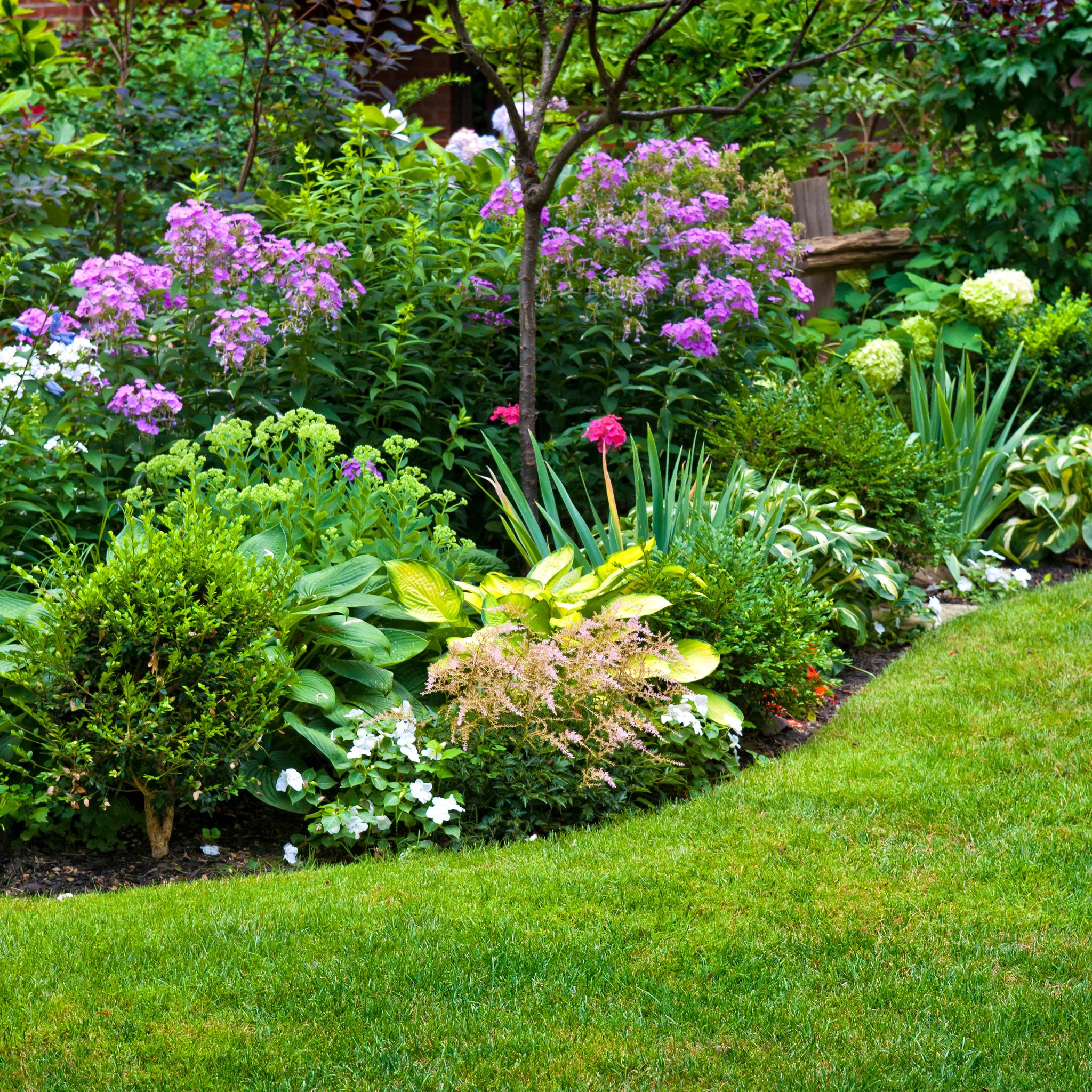
Planting Your Summer Perennials
Perennials require a consistent supply of nutrients throughout the summer to support robust growth, vibrant blooms, and overall plant health. Before planting, it’s important to prepare the soil with a high quality compost such as Boost All Purpose Compost. This compost not only provides essential organic matter but also improves soil structure, helping to retain moisture and reduce the risk of drying out during hot weather. To ensure your perennials receive nutrients over an extended period, mix in Boost Multi-Action Granules with the compost. These slow release granules steadily supply vital nutrients, promoting stronger root development, richer green foliage, and more resilient, healthy plants throughout the growing season.
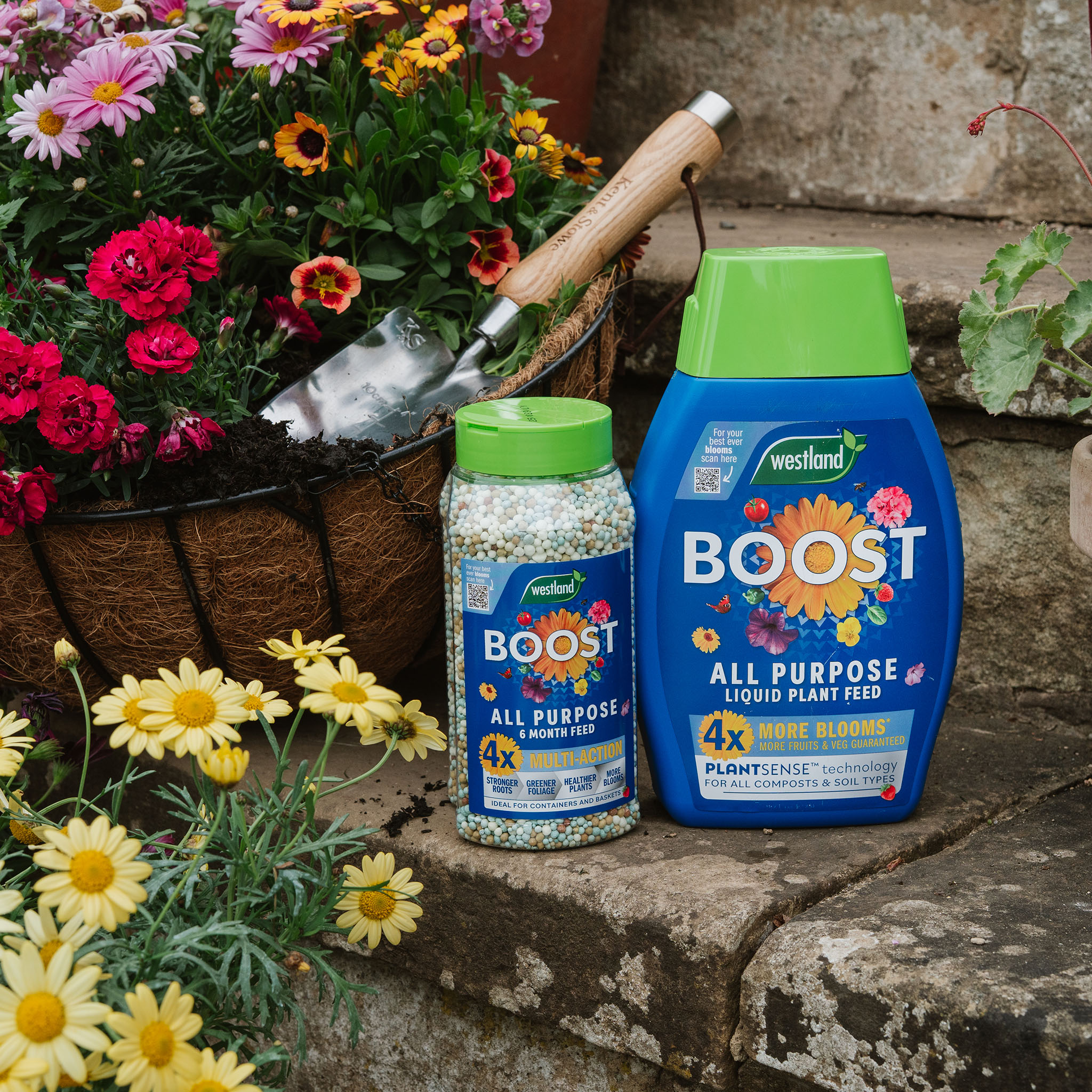
Watering and Feeding
Summer heat and dry spells can quickly stress perennials, so regular watering is essential. Water deeply at the base of the plant early in the morning or late in the evening to reduce evaporation and help roots absorb moisture.
As perennials grow and bloom throughout summer, they use up vital nutrients from the soil. To replenish these and support continuous flowering and healthy foliage, add a dose of Boost All Purpose Liquid Plant Feed to your watering can every time you water to give you 4x more blooms vs. watering alone.
The benefits of Boost:
- Easier and faster watering
- Reduces plant stresses in summer
- Use throughout the summer

Deadheading
Remove faded flowers regularly to prevent the plant from putting energy into seed production. This simple step encourages your perennials to produce more flowers and keeps your garden looking fresh.
Mulching
Apply a layer of mulch around your perennials to help keep soil moist and prevent weeds from competing for nutrients. Organic mulches also improve soil structure over time.
Watch for Pests and Diseases
Keep an eye out for any signs of pests or disease, especially during hot, dry weather. Early intervention can save your plants and keep them thriving.
Special Care for Container Perennials
Potted perennials dry out faster and have fewer nutrients available, so they need extra attention. Water them more frequently, and don’t forget to feed them with Boost every time you water to maintain their health and colour.
Dividing Perennials
Over time, many perennials can become overcrowded, with clumps that grow too large or start to flower less vigorously. Splitting or dividing these plants is an excellent way to rejuvenate growth, encourage better flowering, and create new plants for free.
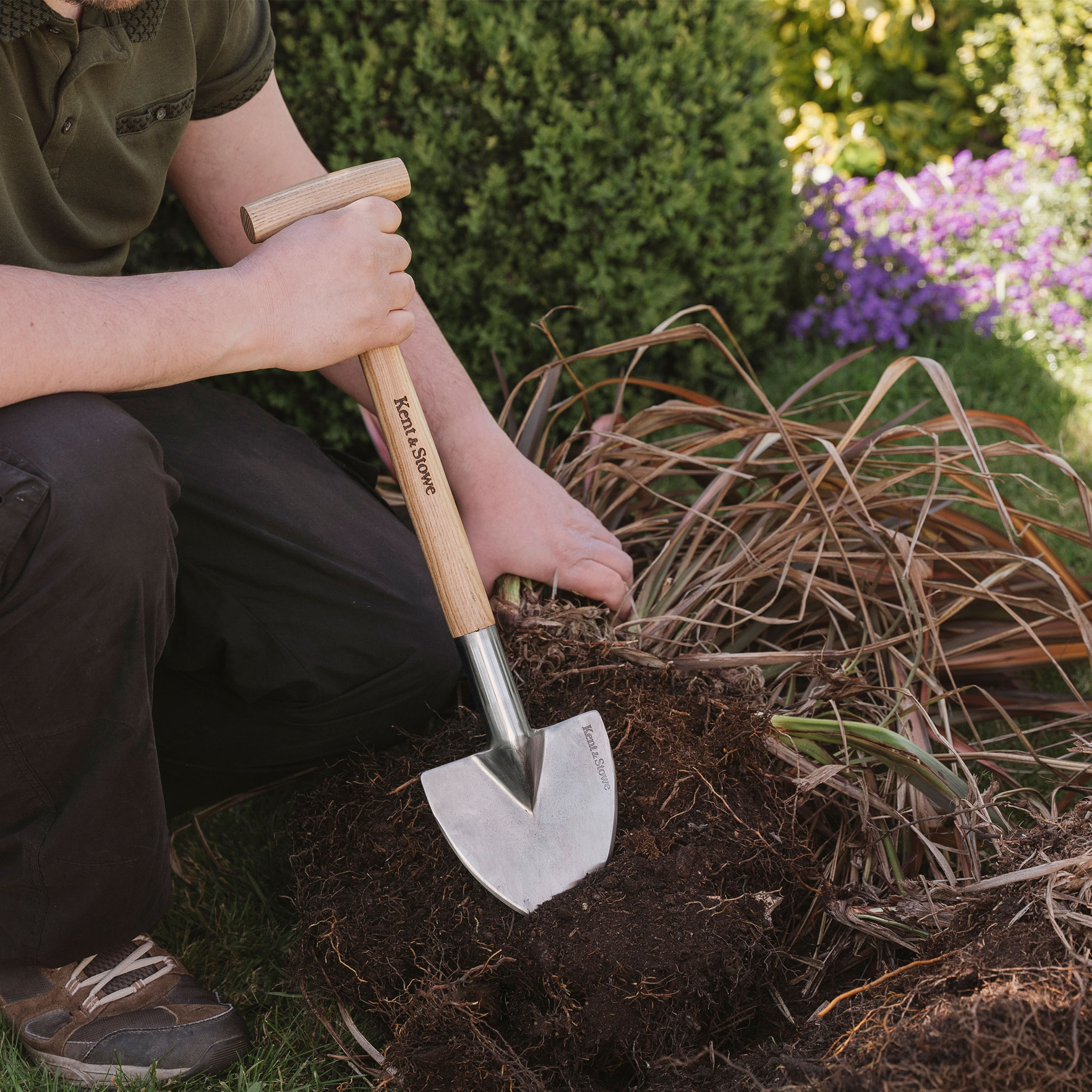
When to Split:
Most summer-flowering perennials are best divided in early spring or early autumn, when the soil is moist and the plant isn’t actively flowering.
How to Split:
-
Gently dig up the entire plant clump.
-
Use a perennial spade to split the root ball into two or more sections, each with roots and healthy growth.
-
Replant the divisions into fresh compost (Boost All Purpose Compost is ideal) and water well.
-
Add Boost Multi-Action Granules to support strong new root development.
Regular dividing every few years helps keep perennials healthy, well-shaped, and full of energy for strong seasonal performance.


